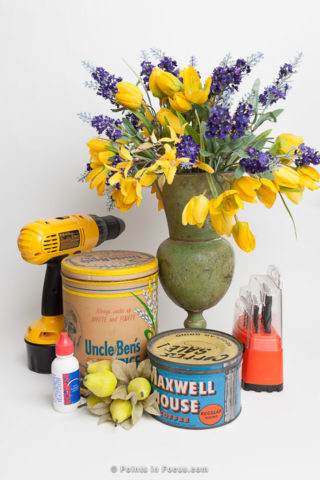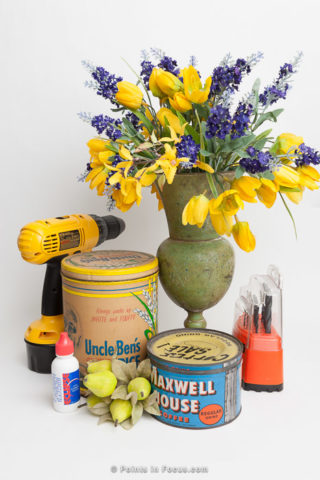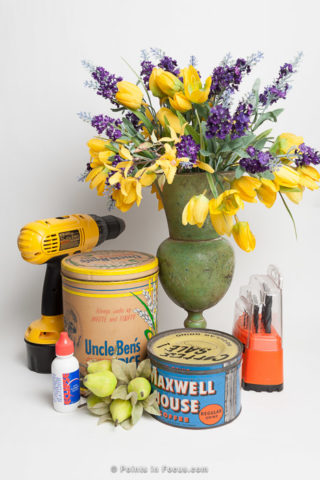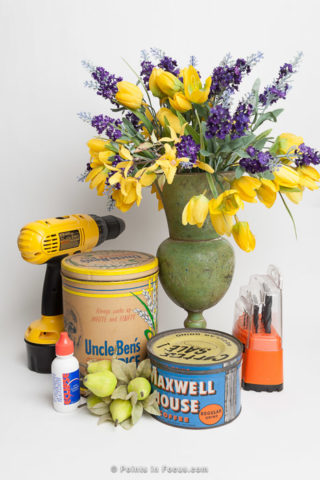Photo Grade Compact Fluorescents, Cheap Video Lighting Part 2
Last time I wrote about the problems I was seeing with generic CFLs and color reproduction. On color rendition alone, I was very tempted to just give up on the alternatives for the foreseeable future and stick with Tungsten lamps. That was until running my 5D mark III video diffraction test and now having spent some time in front of 100, 250, and 500W lamps being a guinea pig for myself, I’ve come to the conclusion that hot, hot lights, are an untenable solution due to heat.
Since hot lights are out, and hardware store florescent are nowhere near good enough at rendering colors to be close to being acceptable, this time we’re looking at two photographic CFLs and comparing them to a standard 240W ECT Tungsten (3200K) and my reference 100W GE Reveal (2800K).
First up is the $25 26W daylight balanced (5500K) KinoFlo 26S-K55. At 26W and 1400 lumens, the K55 is roughly equivalent to a 100W incandescent lamp in terms of light produced. KinoFlo claims the K55 has a CRI of 95, and is tuned to match the spectral distribution curves of HD cameras.
The K55 looks blue to my eyes and cursory testing gave me a white balance around 6800K, though admittedly the green/magenta balance is pretty tight at +9 towards magenta. It’s certainly bluer than either the Westcott 50W I’ll be getting to in a moment or the “daylight” LEDs I’m using to bias light my workstation. In the test images, the KinoFlo blanaced at 5300K with a virtually identical +10 magenta.

In terms of color rendition, I’m actually pretty impressed. In the sample scene, I still see a bit more red in the “Regular Grind” label on the coffee tin, but otherwise the colors look pretty close to me.
The second CFL option is a $40 F.J. Westcott 50-watt Fluorescent lamp. At 50W, this lamp is effectively equivalent to a 200W tungsten lamp in terms of light produced. Unfortunately, Westcott doesn’t list the actual output in lumens. Like the KinoFlo K55, the Westcott lamp is daylight balanced to approximate 5500K. Unfortunately, Westcott doesn’t appear to publish either the actual CRI value or the actual lumen output. The other downside to this lamp is its size, at almost 9” it’s long enough that it’s not well suited to being retrofitted into fixtures designed for tungsten lamps. I would also add the 50W Westcott lamp is absolutely huge, even after reading the dimensions, It was still far bigger than I expected it to be.
Compared to the KinoFlo the Westcott lamp appears less blue to my eye. A cursory test gave me a color temp around 5750K, though the green/magenta balance is not as tight as the KinoFlo at right around +17 towards magenta. When balancing with the same scene, I got a white balance of 4850K and +21 magenta.

In terms of color rendition, this too was quite pleasing to see. Like the Kinoflo the “regular grind” label is slightly redder, and so is the Eclipse text on the Eclipse bottle. Otherwise, I have very little to complain about.
For the sale of comparison, the following two images were made with a 100W GE Reveal and a 250W generic ECA lamp. The reveal is included as a point of reference going back to my previous article.
 |
 |
Walking away from this, I’ve come to a few conclusions.
First is that if you’re looking to use CFLs, you absolutely must pony up for full on photographic ones. That said, there are still minor color issues even with the photographic CFLs, however they aren’t nearly as bad as I expected. That said, I haven’t run a full gamut of materials under the lights so you may find things that behave very poorly as opposed to what I grabbed to test with.
On a similar note, there’s definitely a difference in the color between the Westcott and Kinoflo lights. I would definitely make an effort to not mix brands in the future or in any practical lighting setups. For me this means I expect to be sticking to the Westcott lamps for the time being, and using the KinoFlos as hair or green screen lights.
The second takeaway is that CFLs don’t produce nearly the apparent power they’re rated for. Going just on exposures, using the 100W tungsten as a benchmark, the 250W tungsten is a stop and a half brighter as expected. The 100W equivalent CFL required a 2/3rds stop boost to produce a similar brightness and the 200W equivalent was only about 2/3rds of a stop brighter. The difference in power isn’t insurmountable. From a temperature perspective, it’s not really a problem to throw 100W, 400 equivalent watts, at a subject. On the same token, if you’re trying to retrofit old tungsten fixtures, as I am, the size and power difference between tungsten and LED lamps can be a real problem.